Ten Systems—Ten Sefirot
… mi‑b’sari echezeh Elokah—From my flesh I behold G‑d (Job 19:26) Introduction – “In His Image” The Torah’s initial description of humanity is both profound and enigmatic:
… mi‑b’sari echezeh Elokah—From my flesh I behold G‑d (Job 19:26) Introduction – “In His Image” The Torah’s initial description of humanity is both profound and enigmatic:
By Alexander Poltorak Introduction The relationship between the laws of physics and the conditions necessary for life is among the most profound mysteries in both
By Alexander Poltorak The Tree of Life and the Tree of Knowledge as Metaphors for the Wave Function and Measurement Summary This essay proposes a
Abstract This essay explores the profound significance of the letter Bet (ב), the first letter of the Torah, and its numerical value of two as

This essay explores a novel parallel between quantum mechanical principles and the biblical creation narrative through etymological analysis of the Hebrew terms “erev” (evening) and

Einstein’s Special Theory of Relativity (STR) is broadly misunderstood by the public. In most popular science books, relativity theory is hailed for introducing relativity to
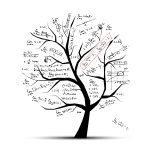
To Mendel Almost three years ago, in December of 2019, I posted an essay, “The Tree of Knowledge as a Metaphor for Superposition of States

And G‑d created man in His own image, in the image of G‑d created He him; male and female created He them. And G‑d blessed

Now the earth was unformed and void. Genesis 1:2 We have a big problem in cosmology: the problem of the initial conditions of the universe at

And G‑d said: “Let there be light.” And there was light. And G‑d saw the light, that it was good; and G‑d separated between the
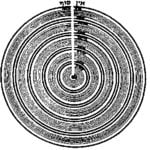
Sweeping Infinities Under the Rug—or Renormalization Having dealt with internal contradictions in the previous section (see Physics of Tzimtzum I — The Quantum Leap and

In the previous post “Physics of Tzimtzum I—The Quantum Leap”, we gave a general overview of the mystical doctrine of tzimtzum—the cornerstone of Lurianic Kabbalah.

Introduction “In the beginning G‑d created the heavens and the earth.” (Genesis 1:1) “In the beginning G‑d created the heavens and the earth,” the Torah

In the beginning, G‑d created the heaven and the earth…[1] (Genesis 1:1) Classical biblical commentators have given the first words of the Torah many

In the beginning G‑d created the heaven and the earth. (Genesis 1:1) The first verse in the Torah is key to understanding the fundamentals
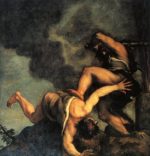
…And Abel was a keeper of sheep, but Cain was a tiller of the ground. And in process of time it came to pass, that Cain

Now the Serpent was more cunning than any beast of the field which the Eternal G‑d had made. (Genesis 3:1) When G‑d placed Adam

And the Eternal G‑d said: “It is not good that the man should be alone; I will make him a helpmate opposite him.” (Genesis 2:18)

As we discussed in the previous post “Singularity and Paradise,” Paradise offers a beautiful metaphor for modern cosmology wherein Eden is the initial singularity preceding

These are the chronicles of the heaven and of the earth when they were created, in the day that the Eternal G‑d made earth and

As we discussed in the earlier post, The Tree of Knowledge as a Metaphor for Superposition of States and Heisenberg’s Uncertainty Principle, the Heisenberg uncertainty
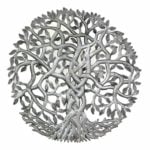
As always in science, every answered question breeds new questions. Now that we understand that the Tree of Life and the Tree of Knowledge are

And out of the ground made the Lord G‑d to grow every tree that is pleasant to the sight, and good for food; and the
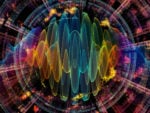
Strings vibrate, Souls tremble, Angels are running and returning, G‑d is touching and not touching – The rhythms of the universe… Nothing stays still… all
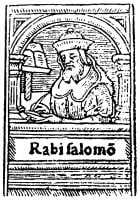
And G‑d saw all that He had made, and behold it was very good, and it was evening and it was morning, the sixth day.
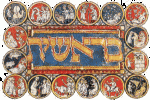
In the last post, Tishrei—Past, Present, and Future, we discussed how all Tishrei holidays – Rosh HaShanah, Yom Kippur, Sukkot, and Simchat Torah – are

The months of Tishrei is full of holidays, and they all share a common theme—the unification of time—past, present, and future. It all starts with

בְּרֵאשִׁית בָּרָא Genesis 1:1 The Torah starts with two words—Bereshit bara—“In the beginning, G‑d created…” (or, as Rashi translates it, “At the beginning of creation
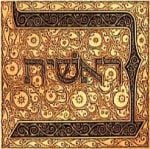
Dedicated to the memory of Professor Yaakob David Bekenstein The Torah opens with the word “Bereshit” – in the Beginning – whose first letter, Bet,
B’reshit bara Elokim et hashamaim v’et haaretz… In the beginning, G‑d created heaven and earth… Alternative translation: With two beginnings G‑d created heaven and earth…